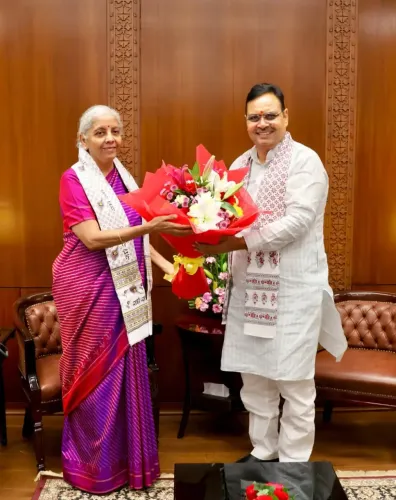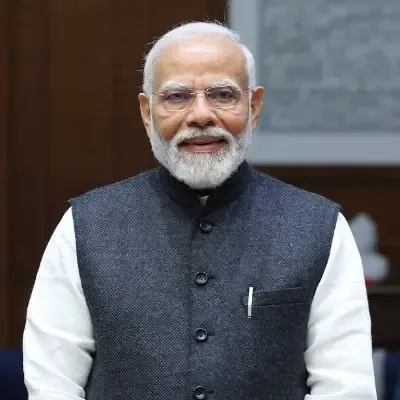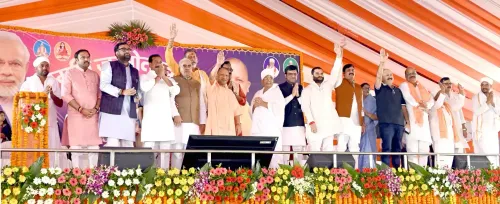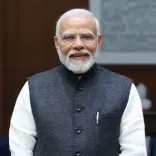How Can Delhi Double Its STP Capacity to 1,500 MGD by 2028?
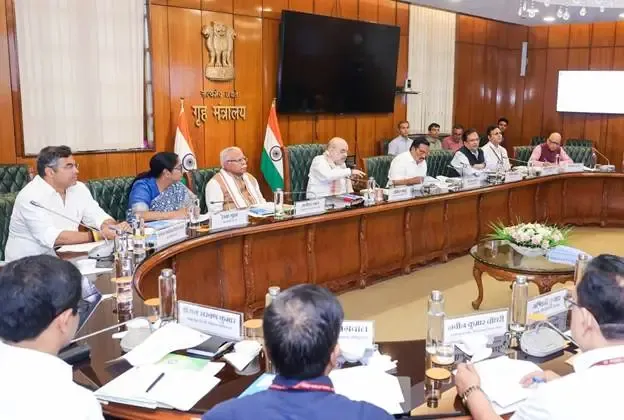
Synopsis
Key Takeaways
- Ambitious plan to increase STP capacity to 1,500 MGD by 2028.
- Collaboration among Delhi, Haryana, and Uttar Pradesh is essential.
- Emphasis on third-party quality testing for STP discharge.
- Need for improved water management and pollution control.
- Proposed rainwater harvesting can enhance tourism.
New Delhi, July 11 (NationPress) Union Home Minister Amit Shah on Friday highlighted a comprehensive plan to more than double the sewage treatment plant (STP) capacity in Delhi to 1,500 MGD by 2028. This initiative aims to prevent untreated sewage from entering the Yamuna River.
The current sewage treatment capacity in the city is approximately 700 million gallons per day (MGD).
During a meeting focused on the cleanup of the Yamuna, HM Shah called on the states of Haryana, Delhi, and Uttar Pradesh to collaborate on the rejuvenation of the river. He insisted on the necessity for regular testing of the water released from their STPs with an emphasis on transparency.
He underscored the importance of third-party quality assessments for STP discharge.
HM Shah urged the Delhi Pollution Control Committee (DPCC) to adopt a proactive approach in tackling water pollution, and he encouraged the Delhi government to implement consistent and effective measures to curb the rising pollution levels from industrial sources.
He pointed out that, in addition to Delhi, chemical waste from other states is also contaminating the Yamuna, necessitating a collective effort among all relevant states to restore the river’s health.
HM Shah highlighted the need for immediate actions to enhance the Biochemical Oxygen Demand (BOD) in the primary drains of Najafgarh and Shahdara.
He also recommended conducting a drone survey of these two main drains to monitor their condition.
Besides the ongoing initiatives by the Delhi government for river cleaning, he called for an increase in the budget for the National Mission for Clean Ganga (NMCG).
He proposed that the Delhi government should also establish systems for rainwater harvesting in the many reservoirs across the city, suggesting that this could promote tourism as well.
Additionally, HM Shah indicated the need for the Delhi government to collaborate with the National Dairy Development Board (NDDB) to effectively manage waste generated by dairy farms and cow shelters.
He emphasized the importance of regulating unauthorized dairies within the national capital.
HM Shah specifically stressed increasing the e-flow in the Yamuna and mentioned the importance of discussions with the Uttar Pradesh government to find solutions that would enhance the river’s flow as it enters Delhi.
He stated that the treated water from the Okhla STP should be released downstream into the Yamuna, which would contribute to the improvement of the river’s water quality.
The meeting was attended by Union Housing and Urban Affairs Minister Manohar Lal, Union Jal Shakti Minister C.R. Patil, Delhi Chief Minister Rekha Gupta, Delhi Water Minister Parvesh Verma, along with the Union Home Secretary and senior officials from both central ministries and the Delhi Government.

